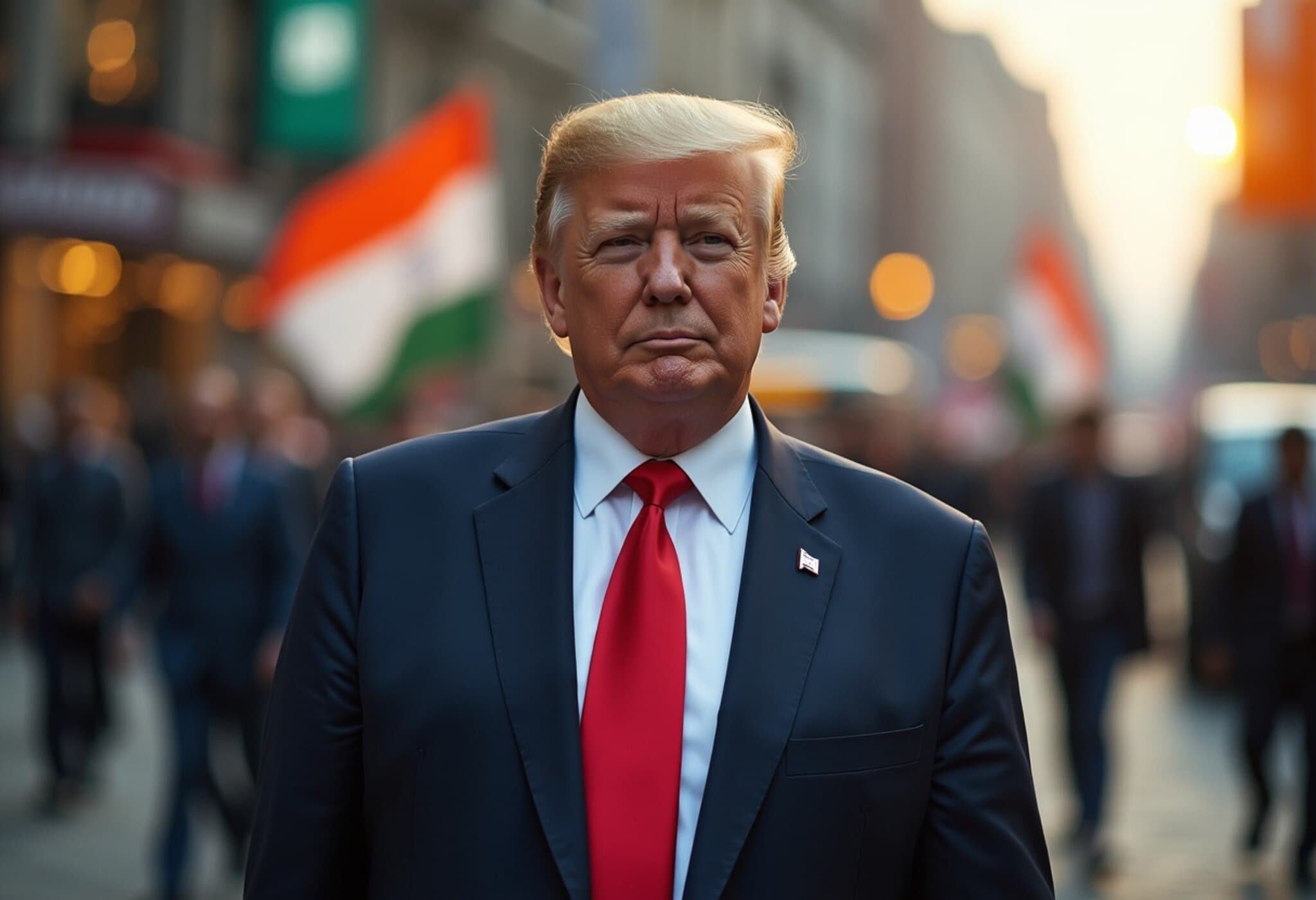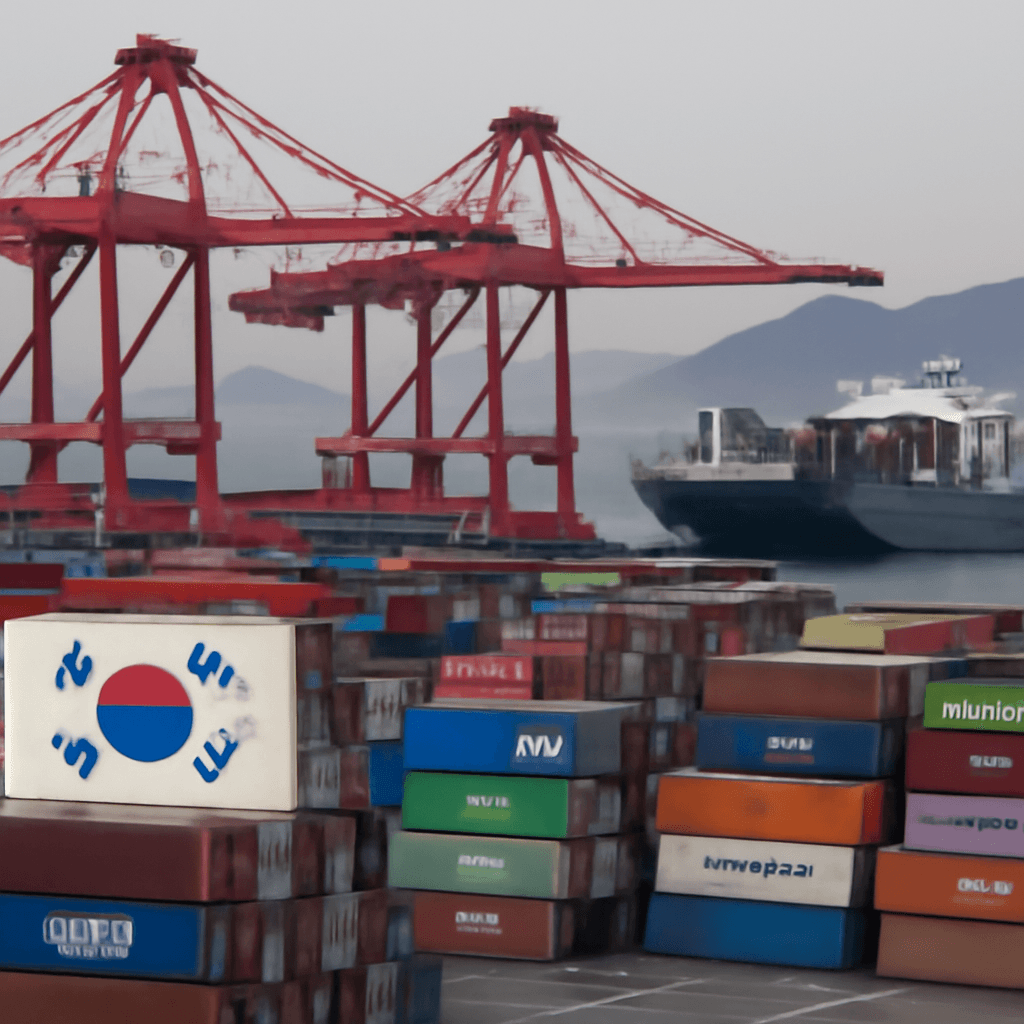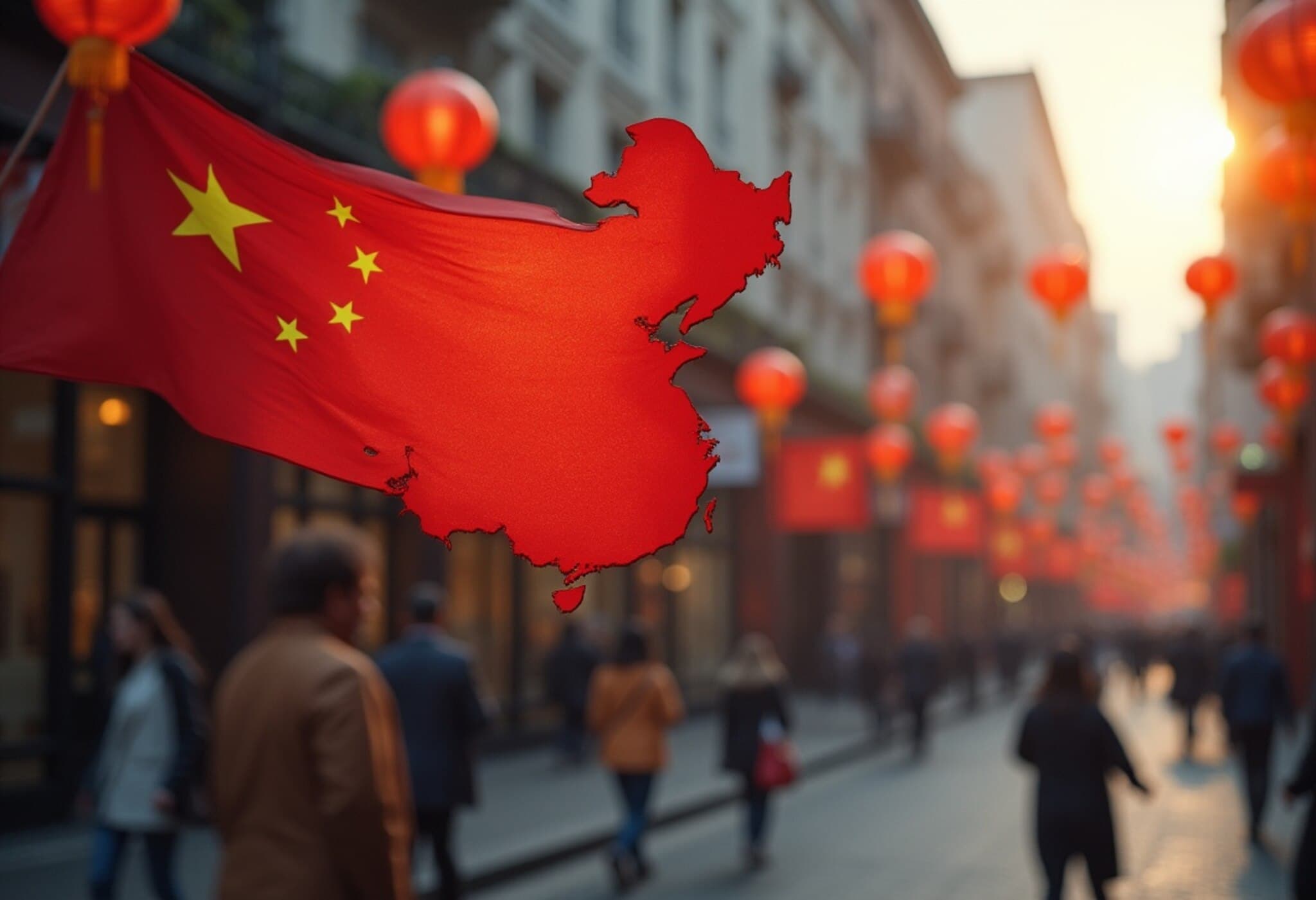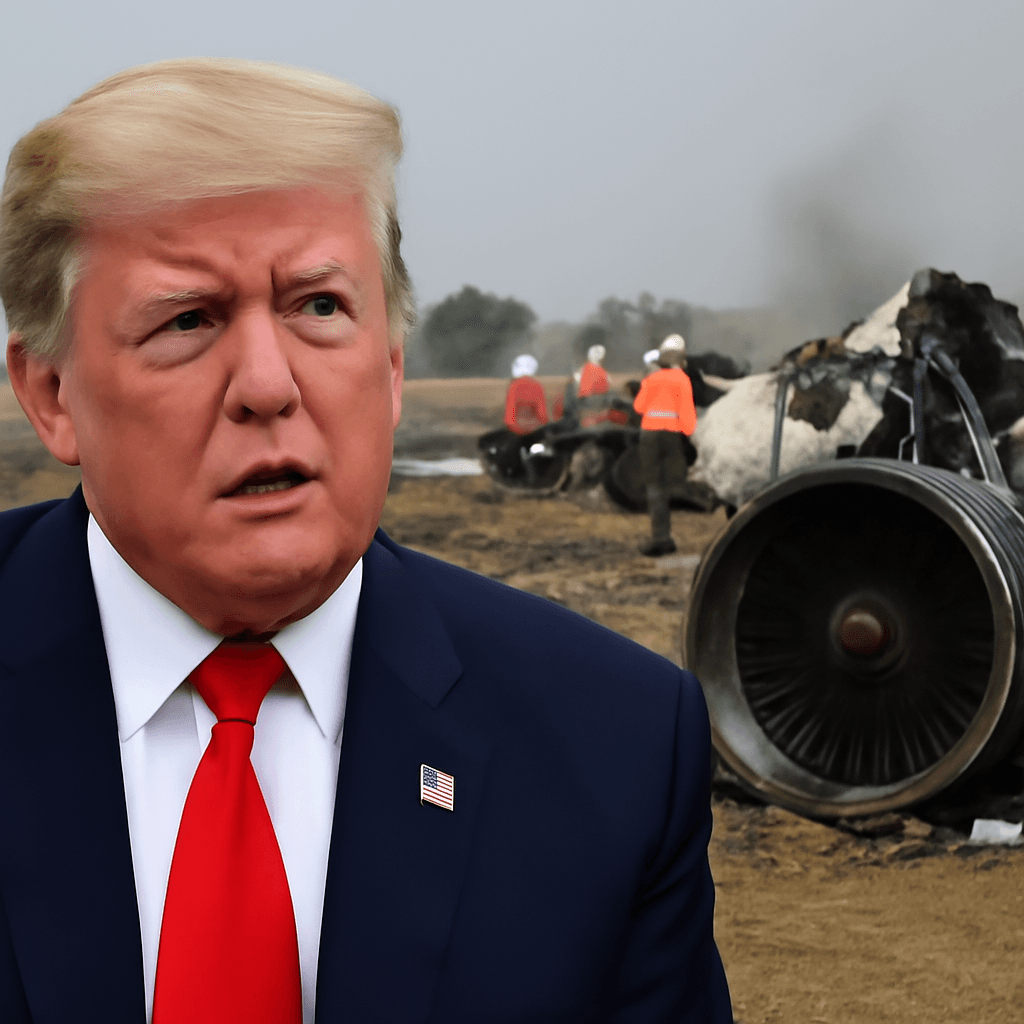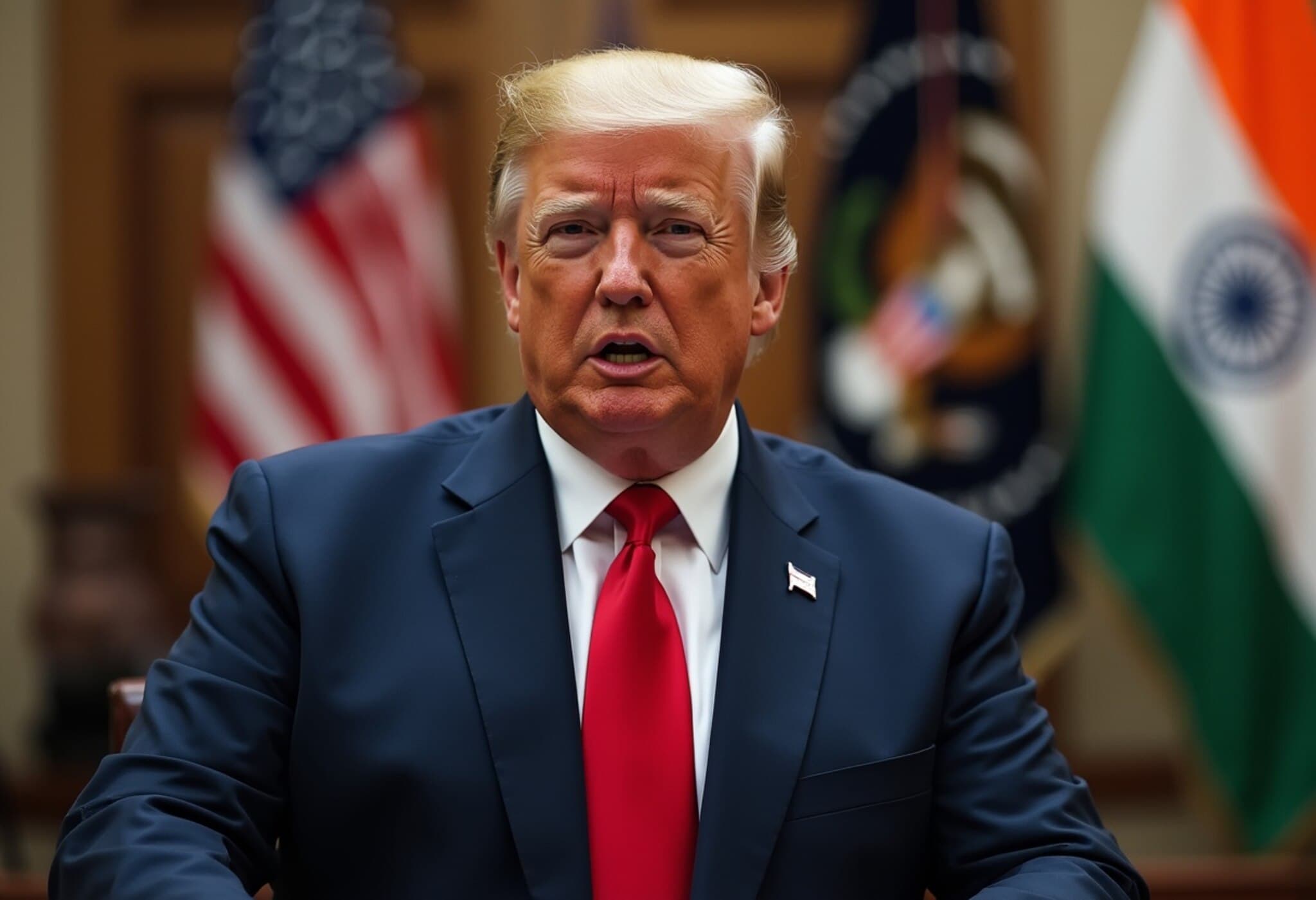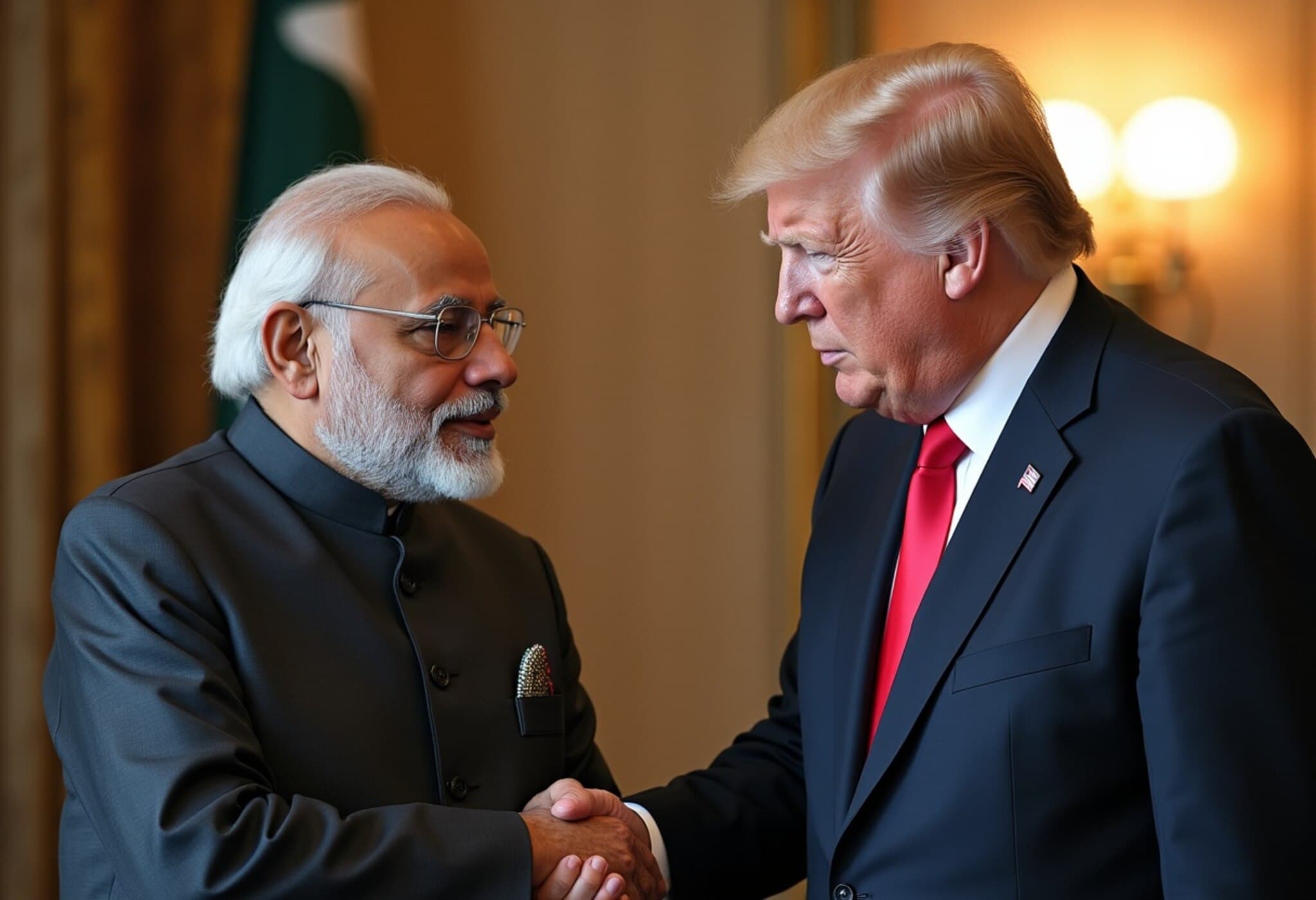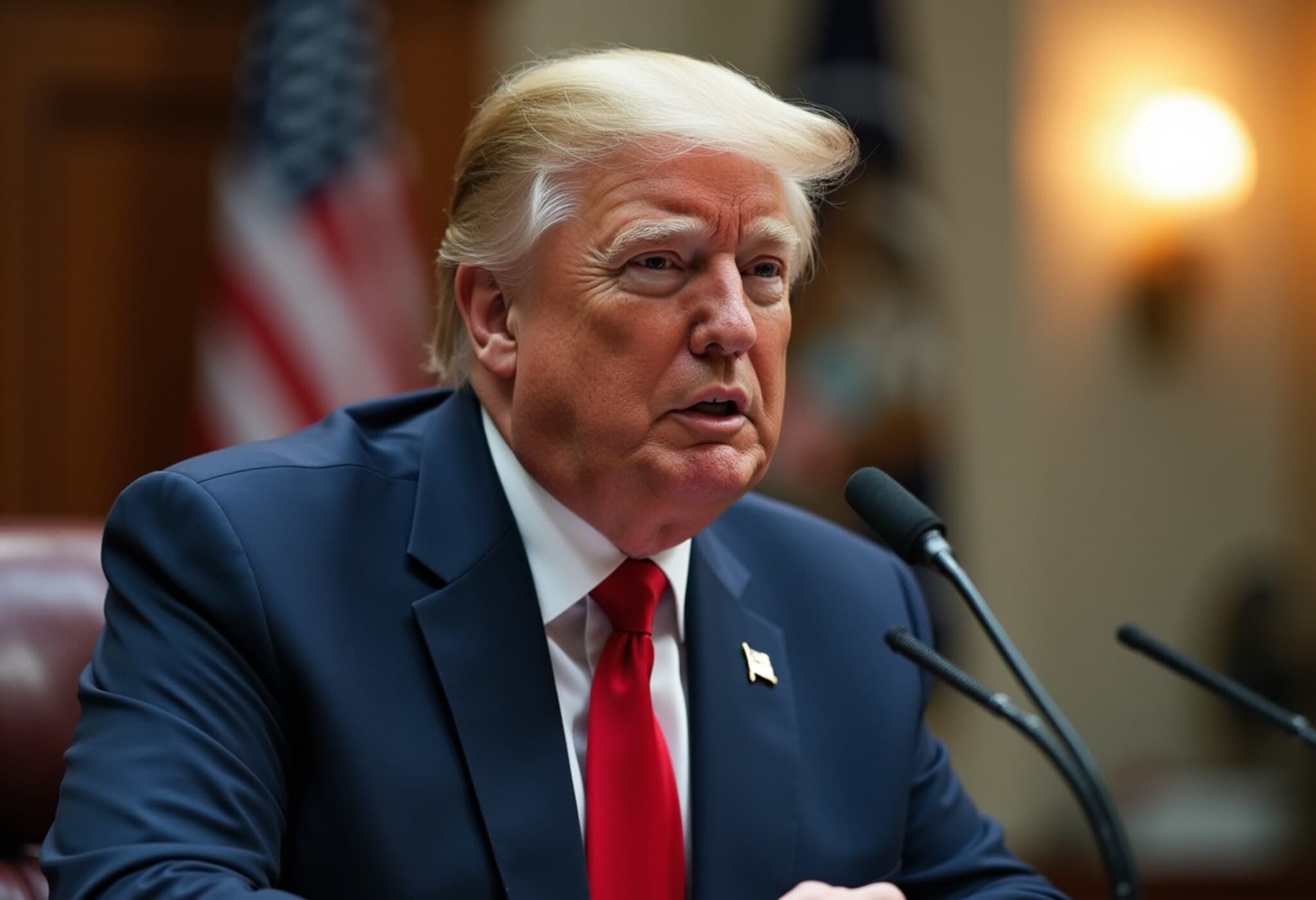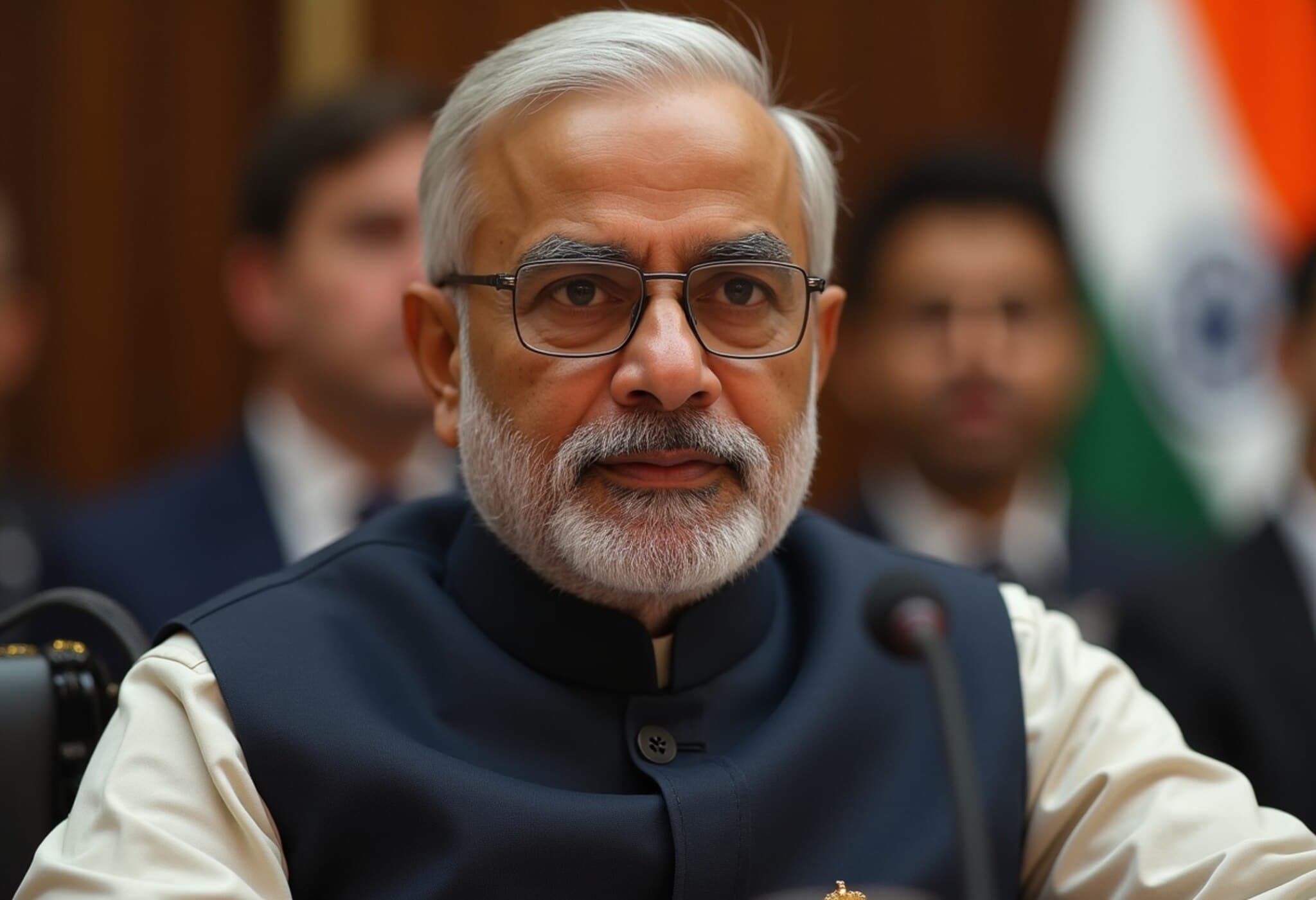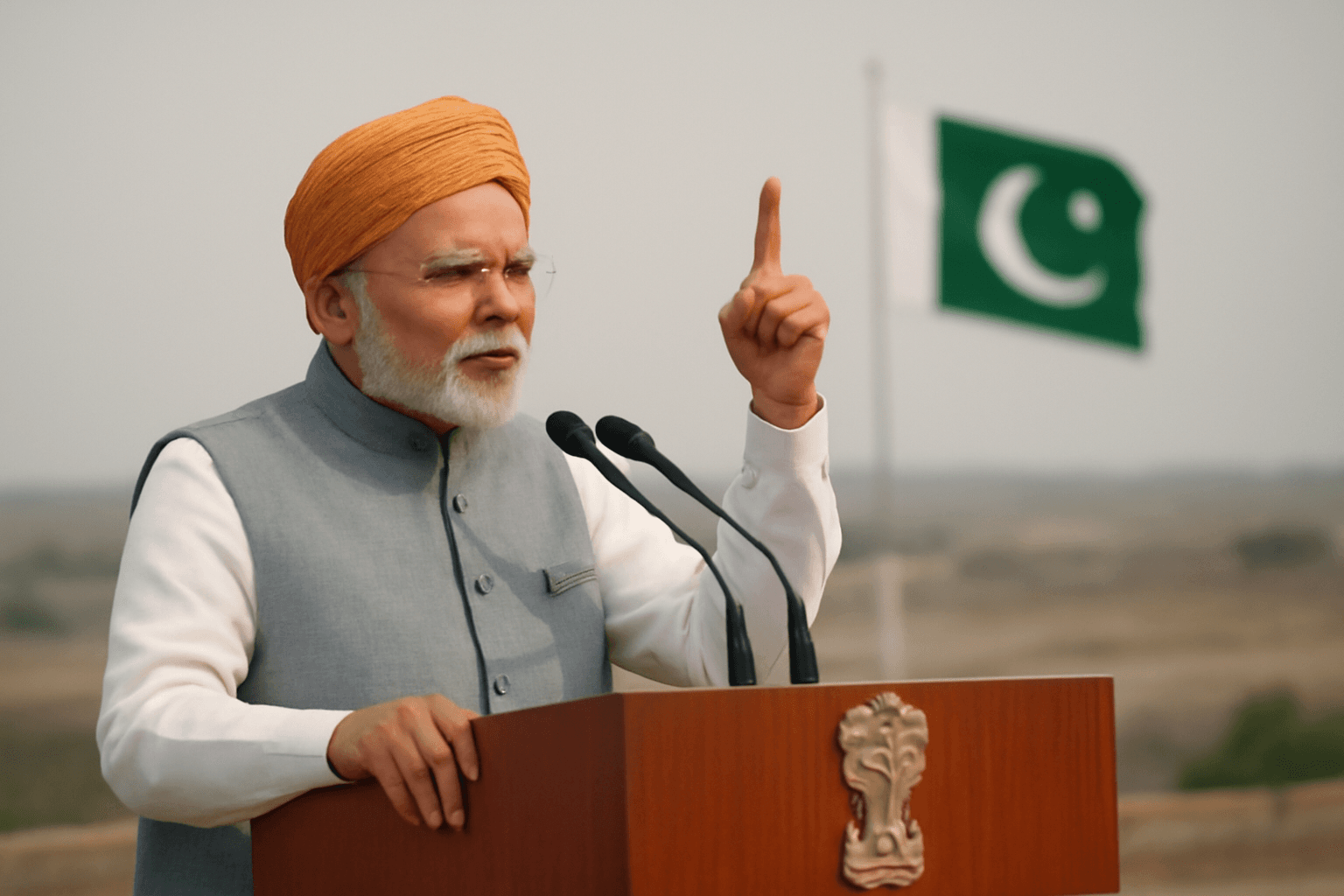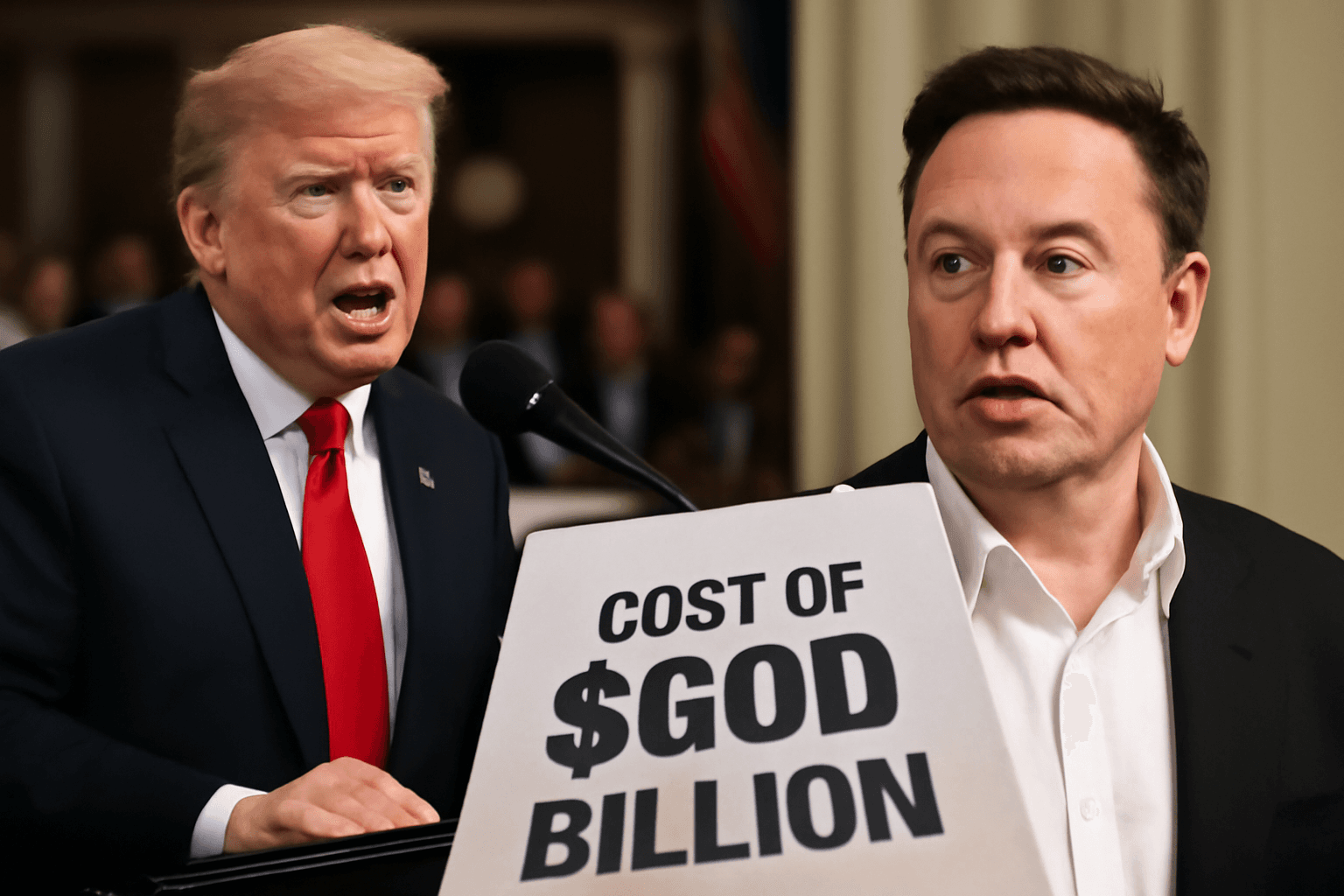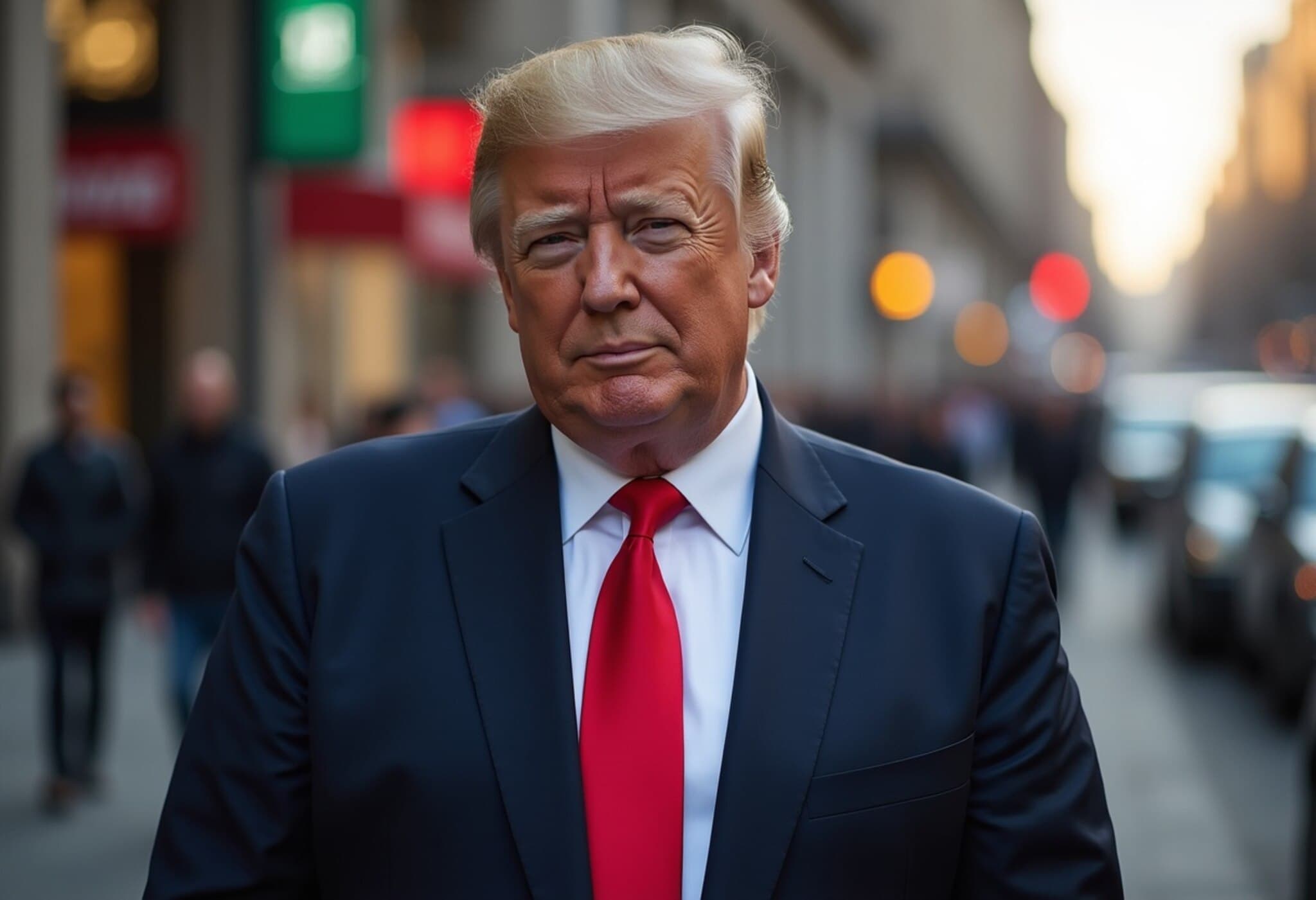Trump’s Misguided Take on India’s Economic Status
On July 31, 2025, former U.S. President Donald Trump stirred controversy by labeling India and Russia as “dead” economies in a post on Truth Social. His remarks, emphasizing India’s alleged economic stagnation and criticizing high tariffs, sharply contradict the factual trends showcased by India’s rapidly expanding economy. This wide disparity between rhetoric and reality calls for a grounded look at the key indicators that underscore India’s economic success.
India’s Economy by the Numbers: Facts Trump Overlooks
Let’s explore seven compelling figures that paint a far more vibrant picture of India’s economy than the one Trump described.
1. Robust GDP Growth: 6–7% Expansion
India continues to rank among the fastest-growing major economies in the world, maintaining an average real GDP growth rate of 6 to 7 percent in recent years. The International Monetary Fund (IMF) forecasts a 6.4% growth for both 2025 and 2026. This steady expansion contrasts with slowdowns in many Western nations and underscores India’s resilience despite global economic challenges.
2. Fourth-Largest Global Economy and Rising
Currently positioned as the world’s fourth-largest economy by nominal GDP, India is projected to surpass Germany and claim third place by 2027. With an estimated nominal GDP of $3.8 trillion for the fiscal year 2025, India’s economic footprint is growing ever more influential on the global stage.
3. Services Sector: The Backbone of Growth
The services sector leads India’s economic engine, contributing over 50% to the country’s Gross Value Added (GVA). Software IT services, telecommunications, banking, and real estate form the core of this robust segment, which also employs nearly 30% of India’s workforce, highlighting its crucial role in job creation and innovation.
4. Manufacturing: Transforming India into a Global Hub
Thanks to government initiatives like Make in India and Production Linked Incentive (PLI) schemes, India’s manufacturing sector is rapidly scaling up. The nation has recently become the top smartphone exporter to the United States, surpassing China. Manufacturing contributes 17% to India’s GDP and employs over 27 million people, with ambitious goals to reach a 25% GDP share by 2025.
5. Export Boom: A Decade of Growth
India’s export portfolio has surged, hitting record highs of $824.9 billion in fiscal year 2024–25. This marks a 76% increase over the previous decade, driven particularly by engineering goods, electronics, and pharmaceuticals. Such growth evidences India’s deepening integration into global supply chains.
6. Foreign Direct Investment: A Magnet for Capital
India remains an attractive destination for global investors, drawing a remarkable $81.04 billion in Foreign Direct Investment in FY25—up 14% year-over-year. The services sector owns the lion’s share of FDI equity, followed by software and hardware, with manufacturing investment up 18%. Notably, the United States ranks among India’s top three foreign investors, reflecting strong bilateral economic ties contrary to Trump's implication of trade friction.
7. Digital Payments Revolution: Leading Globally with UPI
India’s Unified Payments Interface (UPI) exemplifies its leadership in digital innovation, processing an astounding 172 billion transactions in 2024. This transforming digital infrastructure is hailed worldwide as a revolutionary approach to financial inclusion and efficiency.
Contextual Analysis: Why Trump's Remarks Miss the Mark
While Trump's comments may resonate with certain political bases or serve transient campaign narratives, they fall short when weighed against the evidence. India’s economy is not merely surviving; it is thriving, diversifying, and carving out a prominent global position.
The implications for U.S.–India relations are significant. Trade frictions exist but should be understood within the larger framework of rapidly expanding mutual investments, collaboration in tech ecosystems, and shared democratic values. Dismissing India’s rise risks overlooking one of the 21st century’s most defining economic stories.
Editor’s Note
India’s economic ascent challenges simplistic narratives. Its diverse economy—from cutting-edge digital platforms to dynamic manufacturing and vibrant services—underscores a nation redefining global economic landscapes. This raises important questions: How will the U.S. recalibrate its partnership with India amid this growth? And how might political narratives adapt to reflect the complex realities of emerging market powerhouses?
Understanding India's nuanced economic story requires moving beyond soundbites, engaging with data, and appreciating the broader geopolitical and economic shifts shaping today’s world.

